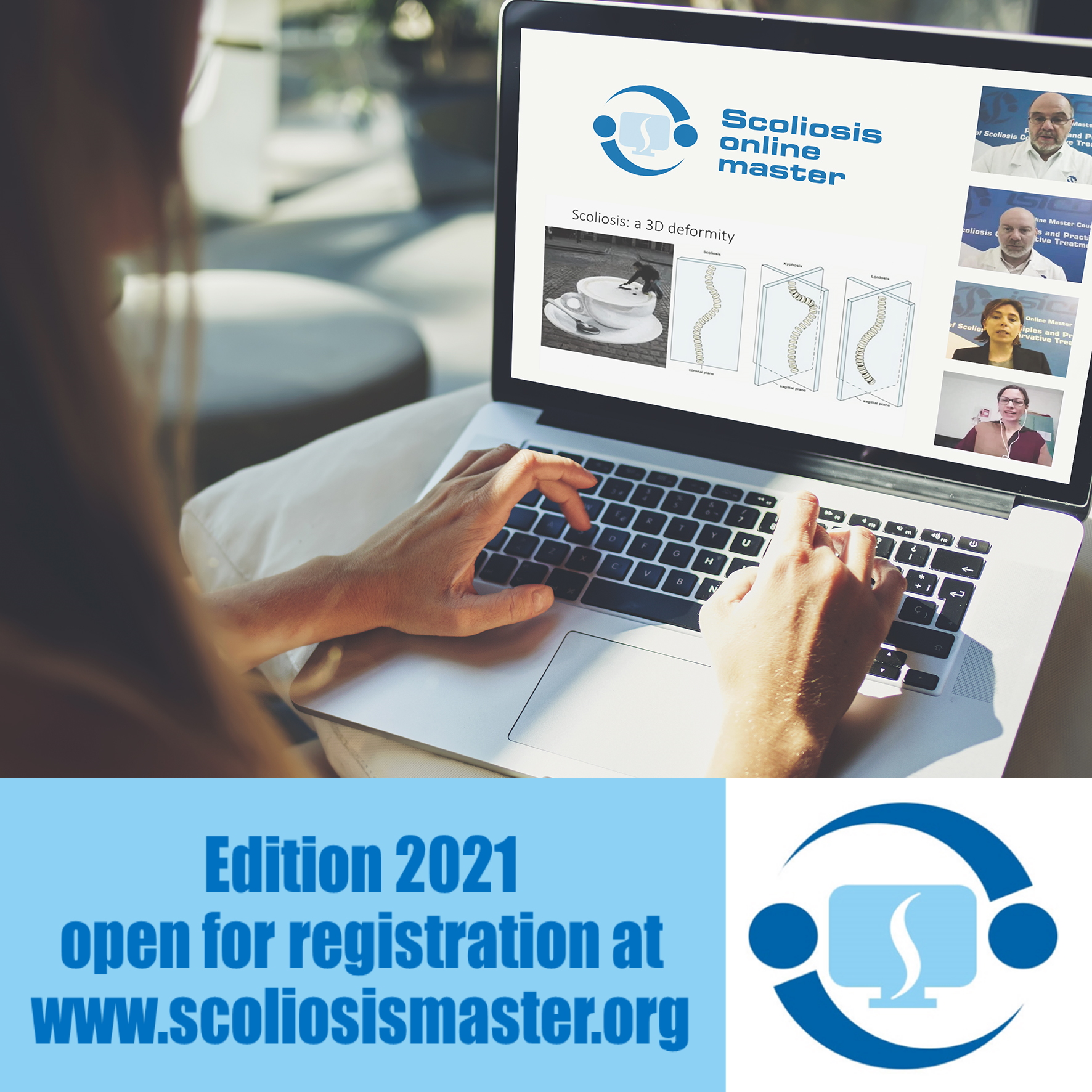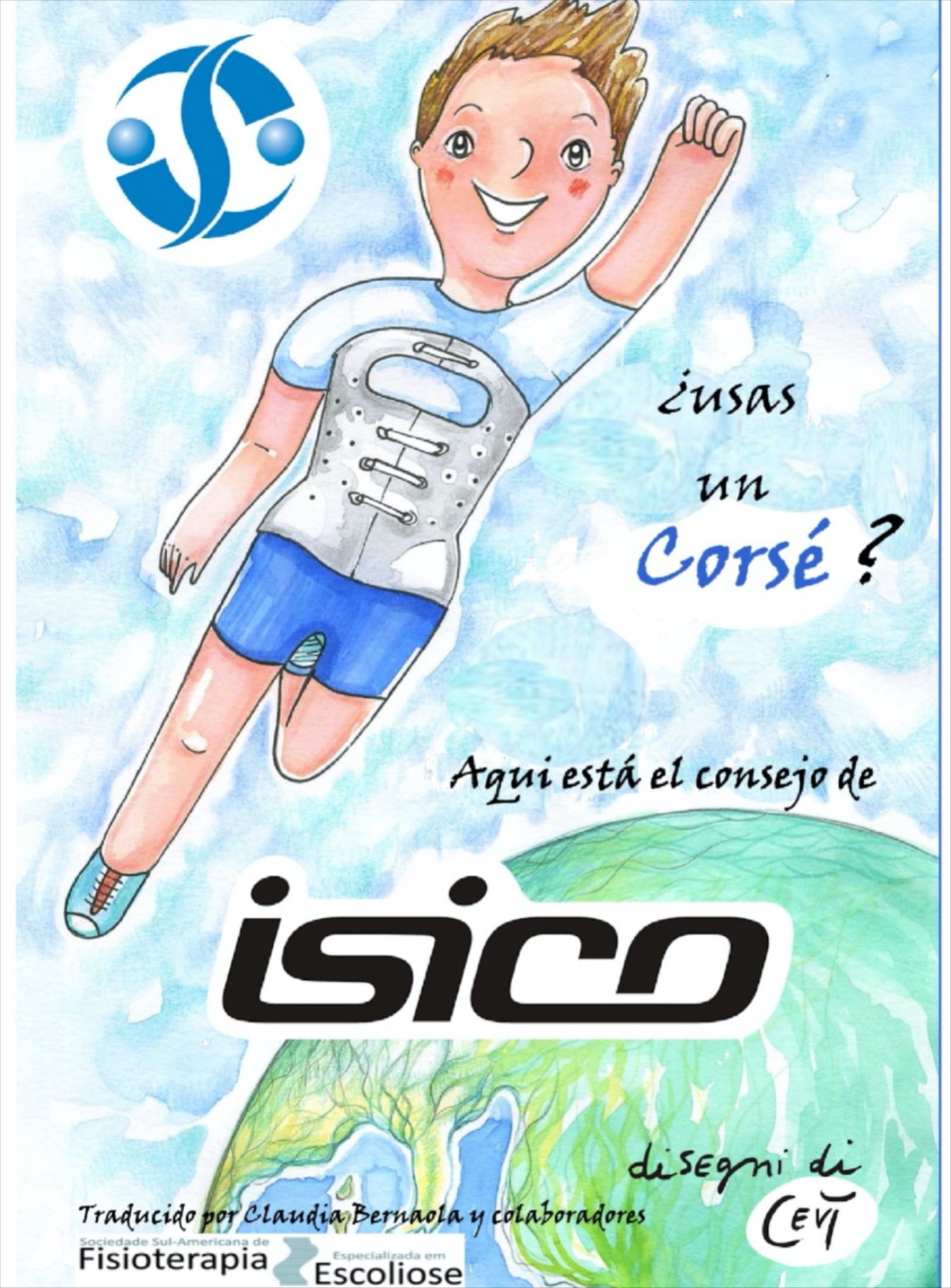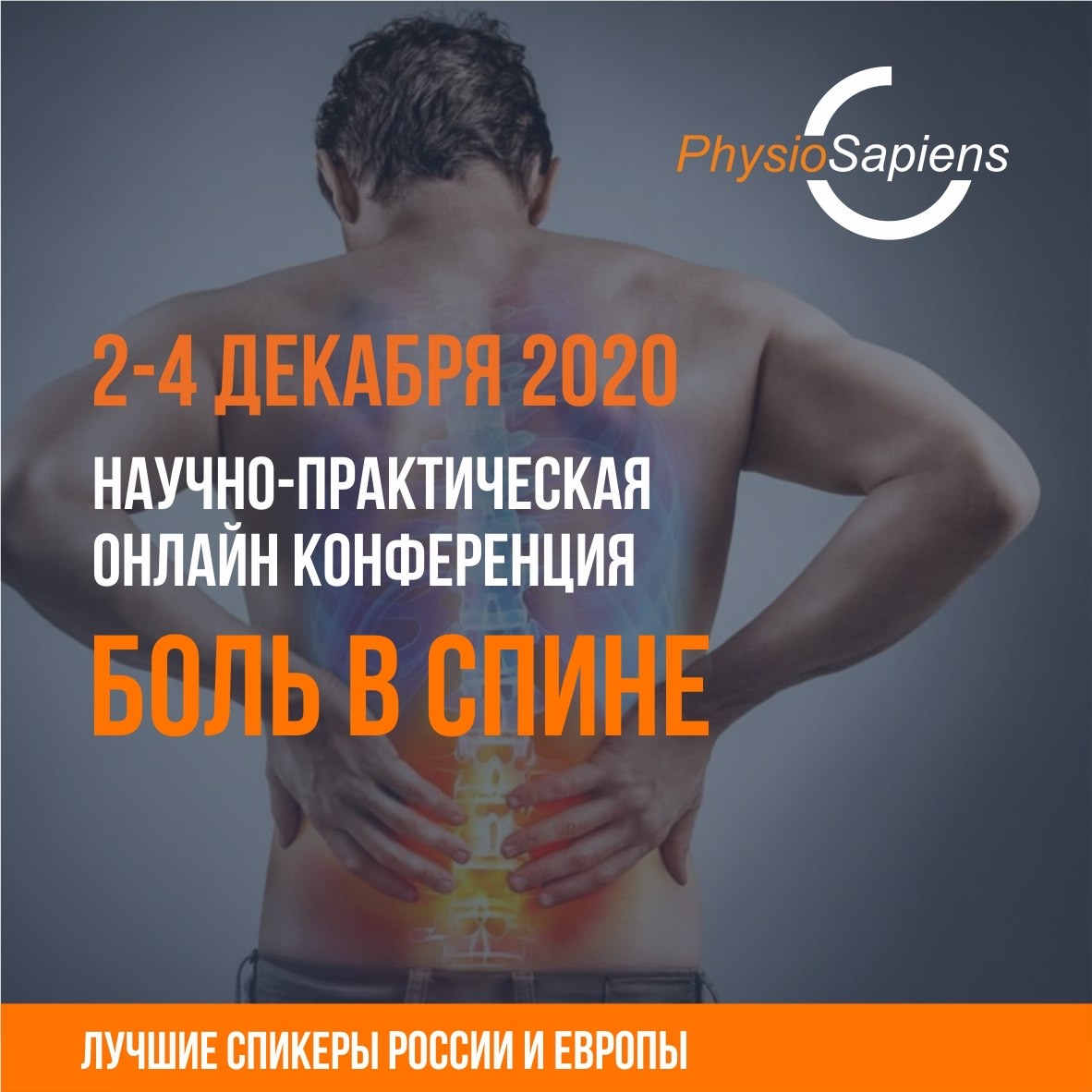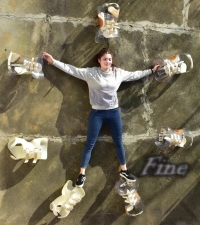.jpg)


It is going to be a strange Christmas and New Year, different from any other. So, as we reach the end of 2020, we send you not only our sincerest greetings, but also a story of hope, trust and new life.
Here Rossella, a former patient, recalls the end of her treatment.
"You can never really forget something that was, in effect, a part of you for a very long time. Sometimes I feel like I have forgotten all about it, and yet it only takes a passing thought to take me back to four years ago..."
.png)
_(14772101745).jpg)
What is secondary scoliosis?
Scoliosis: idiopathic or secondary? Let's look at the difference.
Scoliosis, defined as a "three-dimensional deformity of the spine", affects 3% of the population overall, and in 80% of cases its origin is not known. In these cases, it is therefore termed idiopathic.
In the other 20% of cases, on the other hand, the cause of the scoliosis is known; in these cases, it is secondary to another condition...


World Master Course: early bird extended!
While we are closing with satisfaction our World Master 2020 in English and Chinese Edition, we are already preparing for the next one.
Early bird extended! You can register at a reduced rate until 8th of January to take part in the 2021 Isico World Master course.
If you'd like to have a taste of what the past participants tell about it please visit our world master's website


Spanish edition - Just printed!
A Miss in brace
Following the English, Bulgarian and Portuguese editions, we are happy to announce the Spanish translation of the booklet published by Isico "Do You Wear a brace? Here is Isico's Advice".
The translation was made possible thanks to the collaboration with the South American Society of Physiotherapy Specialized in Scoliosis that translated also a Portuguese version some months ago (available at www.tratandoescoliose.com.br, as well as on the English Isico website)
The Isico booklet, which is part of a series of manuals for patients, includes a series of answers to many questions: from "How should a brace be worn" to "Who should I contact if my brace breaks?"
Would you also like to have an edition in your language? Well, do not hesitate to contact us for information on how to do it!
Aurora started wearing the brace when she was 13. Now that she is 17, the brace is her mate only at night during sleep. In the meantime, she started working as a model.
A few months ago Aurora participated in a competition ("A girl for the cinema"), getting through to the finals.
"Being a model has always been one of my dreams since I was a child. Because of the brace, I was convinced that it would remain a dream.
But it wasn't like that. Unlike a few years ago, I am no longer ashamed to show my body: my self-confidence has grown and I am sure that my scoliosis has achieved the best correction.
I want to say to all those who will find themselves or already are in the same situation as me: never give up!".
.png)
Isico On Air: neck pain and smart working
A short version of one of the latest episodes of our monthly Facebook live events "Isico on air" is available now. Our two specialists, Dr Sabrina Donzelli, physiatrist, and Martina Poggio, physiotherapist, talked about neck pain and posture related to the current smart working to which many are forced. Together with them, a guest intervened who brought her testimony as a manager in a company, for months in smart working.
We remind you that the recorded episodes of our program are available on our Youtube channel.

Romano's on line presentation for Russian Physiosapiens
Michele Romano, head of physiotherapists in Isico, gave an online presentation "Protocol of examination of the patient and the preparation of an individual program of rehabilitation exercises for back pain" at the "Back pain", Russian three-day conference, organized by Physiosapiens.
It is not the first time that he was a speaker there. In fact their presentation was the welcome for a longtime fellow:
"Dear friends, on December 4 at 2 pm Moscow time Michele Romano will speak at our conference. He is our old friend, colleague from Italy, a physical therapist, head of the rehabilitation department at the ISICO Institute for Spinal Problems (in Milan)".
Romano's presentation was one of the concluding talks of the conference.

Are postural collapse and vertebral collapse the same thing?
Absolutely not. Vertebral collapse is a pathological situation in which structurally-weakened vertebrae give way and fracture. It can be imagined as a "brick" in a tower that, weakened by a lack of calcium, collapses on itself and gets crushed under the weight of the others. On the other hand, postural collapse, also closely linked to the spine, is a normal and natural phenomenon...


Guidelines for brace treatment
Which are the guidelines for using a brace in idiopathic scoliosis treatment?
The study "Establishing consensus on the best practice guidelines for the use of bracing in adolescent idiopathic scoliosis", just published by the journal Spine Deformity, collected 38 experts who developed a consensus on 67 items across ten domains of bracing which were consolidated into the final best practice recommendations.
Among the experts, prof. Stefano Negrini, Scientific Director of Isico...

Every year, the Italian Scoliosis Study Group selects the best published papers on conservative spine treatment from the global scientific literature.
Here is the abstract from one of these papers.
Impact of growth hormone treatment on scoliosis development and progression: analysis of 1128 patients with idiopathic short stature
Park SJ, Lee KH, Lee CS, Kim KT, Jang JH, Shin DH, Kim MS, Kim J, Cho SY, Jin DK.
J Pediatr Endocrinol Metab., 2020 Nov 12: PMID: 33180047

The Isico blog www.scoliosi.org is a dedicated space where patients can ask questions and swap experiences, but it is also a place where those involved in treating scoliosis can take a more in-depth look at a series of topics and also engage with patients.
Here is one of our published posts.
SEAS in adults
"You're too old now", "Your scoliosis has stopped now that you've finished growing", "If you want to, do some exercise".
How often do adults with vertebral deformities like scoliosis or hyperkyphosis hear things like this?